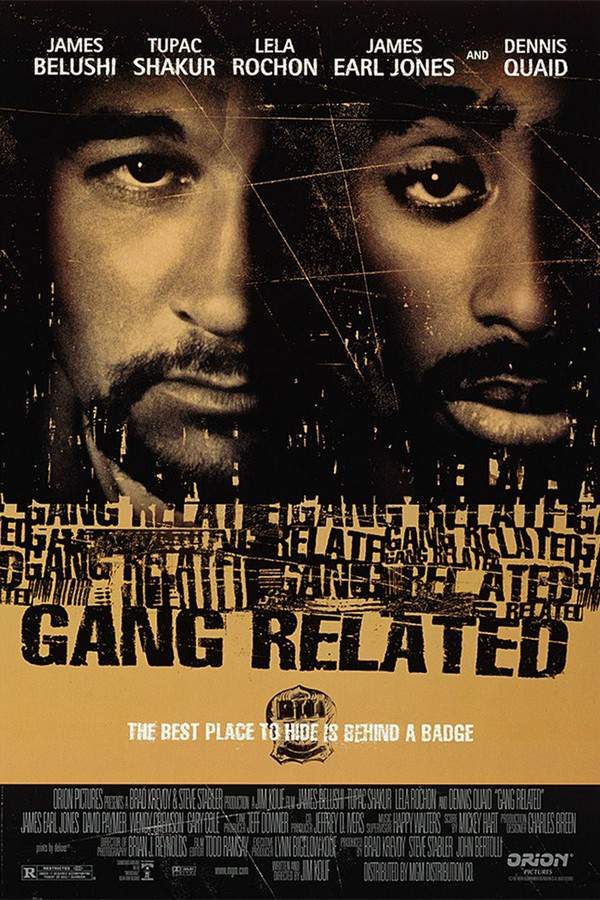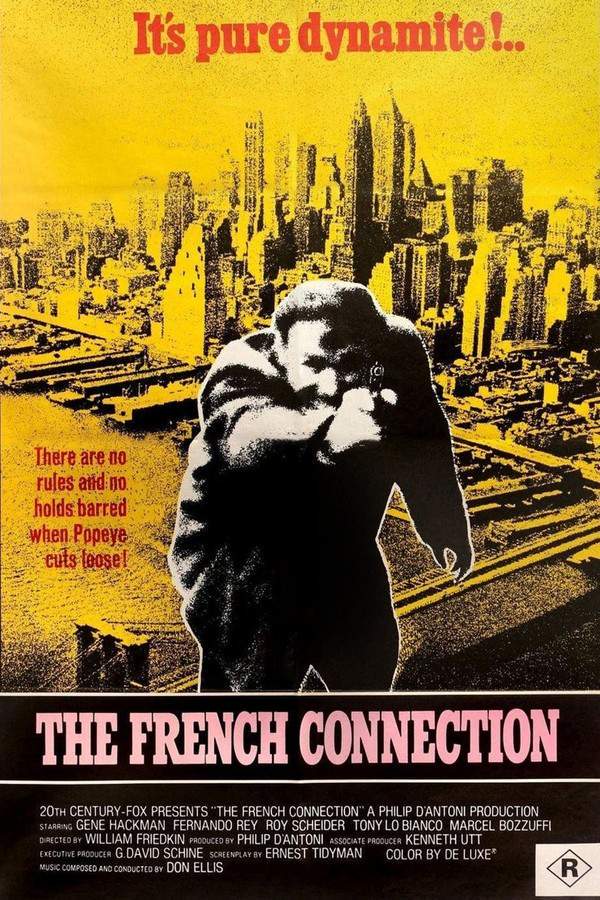
The Organization
Year: 1971
Runtime: 108 mins
Language: English
Director: Don Medford
An incorruptible detective dares to confront the shadowy criminal network known as “The Organization.” When a band of idealistic youths infiltrates a corporation’s headquarters and confiscates $5 million of heroin to keep it off the streets, they turn to San Francisco Police Lieutenant Virgil Tibbs, who launches a determined effort to bring the syndicate down.
Warning: spoilers below!
Haven’t seen The Organization yet? This summary contains major spoilers. Bookmark the page, watch the movie, and come back for the full breakdown. If you're ready, scroll on and relive the story!
The Organization (1971) – Full Plot Summary & Ending Explained
Read the complete plot breakdown of The Organization (1971), including all key story events, major twists, and the ending explained in detail. Discover what really happened—and what it all means.
After a break-in at the San Francisco headquarters of a company, the police are called in. One of the executives is murdered, and the security guard is bludgeoned. It is not a simple robbery: the executive was killed with shots from two different guns, nothing is stolen, and several clues don’t add up.
Virgil Tibbs is drawn into the case when a group that carried out the break-in contacts him. They claim the company is a front for drug dealing and that the break-in was meant to lure the police toward the organization’s real targets and to get heroin to the leaders. Tibbs interrogates the subdued security guard, only to have the guard murdered while seated in a police car, which raises the tension and stakes of the investigation.
Tibbs agrees to help, but only if the revolutionaries cooperate with him. As the investigation unfolds, one member of the group is hunted down and beaten by drug pushers, and another is killed, underscoring how dangerous the players are and how the line between crime and pursuit of justice can blur. Soon, Tibbs finds himself under suspicion from his own superiors when the narcotics division ties him to the stolen drugs, and he is pulled off the case and suspended. The setback hardens his resolve, and he recruits a colleague to keep digging for information on the bogus company behind the drug traffic.
One of the revolutionaries, Juan Mendoza Juan Mendoza, makes a bold move by contacting the drug dealers and offering to return the drugs in exchange for $500,000. He stages the swap in a bustling square, using identical suitcases to keep the deal clean on the surface while the stakes grow higher beneath the surface. The exchange goes awry when another revolutionary robs the suitcase containing the money. In the ensuing chaos, the drug dealer shoots a policeman and tries to escape, only to be tackled and arrested with Juan playing a crucial role in the arrest. Juan also notes the license plate of the car belonging to the criminal executive who supervised the deal, a detail that helps propel the investigation forward. The revolutionary entourage then escapes with the money, forcing Tibbs to chase through the unfinished Montgomery Street Station construction site and pushing the case toward a different, harsher reality.
Tibbs follows the trail to the home of the security guard’s wife, and when his colleague arrives, he confronts her directly. He alleges she is a runner for the gang, and he reveals heroin hidden in a package she has just brought home, daring her to choose prison or mob violence. She capitulates, identifies the two leaders of the operation, and the net tightens. A large contingent of police, including Tibbs, moves in to arrest the chiefs, but as they are being escorted to a police car, a mob hit-man intervenes and takes them out before they can speak. The scene underscores the moral complexity of the struggle: even as justice seems to win a tangible victory, the larger war against corruption, violence, and organized crime remains unresolved.
In the end, the story leaves a sobering note: Tibbs has won a battle, yet the war for true justice and order in the city’s streets is far from over, reminding viewers that fragile peace can vanish as quickly as it appears.
Last Updated: October 07, 2025 at 09:28
Unlock the Full Story of The Organization
Don't stop at just watching — explore The Organization in full detail. From the complete plot summary and scene-by-scene timeline to character breakdowns, thematic analysis, and a deep dive into the ending — every page helps you truly understand what The Organization is all about. Plus, discover what's next after the movie.
The Organization Timeline
Track the full timeline of The Organization with every major event arranged chronologically. Perfect for decoding non-linear storytelling, flashbacks, or parallel narratives with a clear scene-by-scene breakdown.

Similar Movies to The Organization
Discover movies like The Organization that share similar genres, themes, and storytelling elements. Whether you’re drawn to the atmosphere, character arcs, or plot structure, these curated recommendations will help you explore more films you’ll love.
Explore More About Movie The Organization
The Organization (1971) Scene-by-Scene Movie Timeline
The Organization (1971) Movie Characters, Themes & Settings
The Organization (1971) Spoiler-Free Summary & Key Flow
Movies Like The Organization – Similar Titles You’ll Enjoy
Gang Related (1997) Plot Summary & Ending Explained
The French Connection (1971) Full Movie Breakdown
A Better Tomorrow (1986) Complete Plot Breakdown
Disorganized Crime (1989) Spoiler-Packed Plot Recap
The Big Combo (1955) Plot Summary & Ending Explained
The Hoodlum (1951) Full Movie Breakdown
High Crime (1973) Plot Summary & Ending Explained
Gang Bullets (1938) Movie Recap & Themes
Crime Story (1993) Movie Recap & Themes
City of Industry (1997) Detailed Story Recap
They Call Me Mister Tibbs! (1970) Story Summary & Characters
The Mission (1999) Story Summary & Characters
Street People (1976) Movie Recap & Themes
The Lineup (1958) Full Movie Breakdown
Organized Crime & Triad Bureau (1994) Ending Explained & Film Insights

















